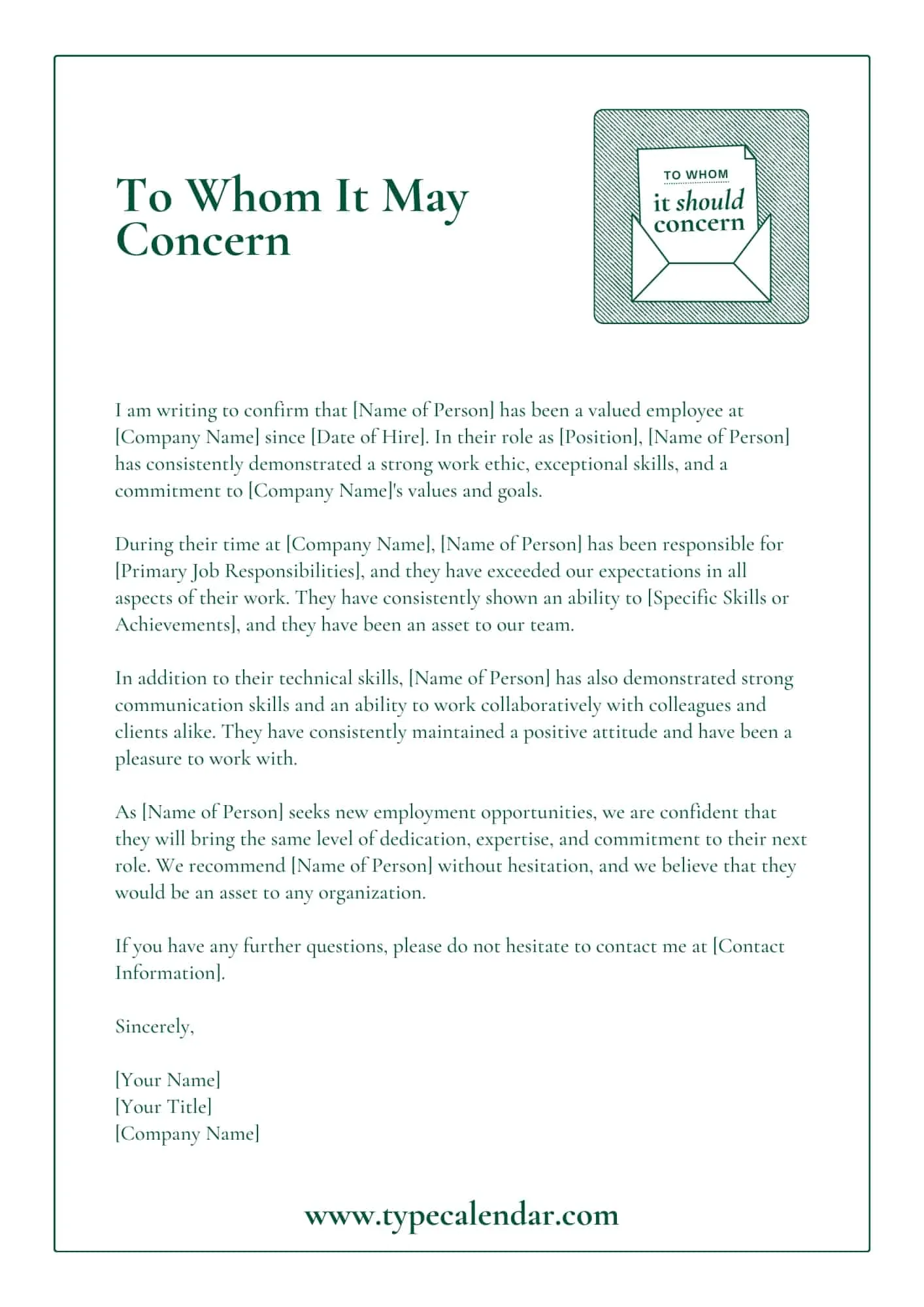Cover Letter Secrets How to Impress!
In the competitive landscape of job applications, a well-crafted cover letter is your secret weapon. It’s the first impression you make on a potential employer, and it can be the difference between landing an interview and being overlooked. This guide reveals the secrets to writing a cover letter that not only grabs attention but also highlights your skills and experiences effectively. We’ll explore the nuances of cover letter writing, from understanding when to use the often-debated “To Whom It May Concern” to providing tailored examples for different industries. By following these proven strategies, you’ll be well-equipped to create a cover letter that stands out and opens doors to your dream job. This article is your comprehensive guide to cover letter mastery, ensuring you make a lasting positive impression.
Understanding the “To Whom It May Concern” Approach
The phrase “To Whom It May Concern” is a traditional salutation used in cover letters when the specific name of the hiring manager or contact person is unknown. While it’s still widely used, its effectiveness can be debated. The primary advantage is its practicality, allowing you to address the letter without specific information. However, the downside is that it can come across as impersonal and generic, potentially leading to your application being overlooked. Understanding when it’s appropriate and when to seek alternatives is crucial for making a strong initial impression. This section delves into the context and considerations around this widely used, but potentially outdated, opening.
When to Use “To Whom It May Concern”
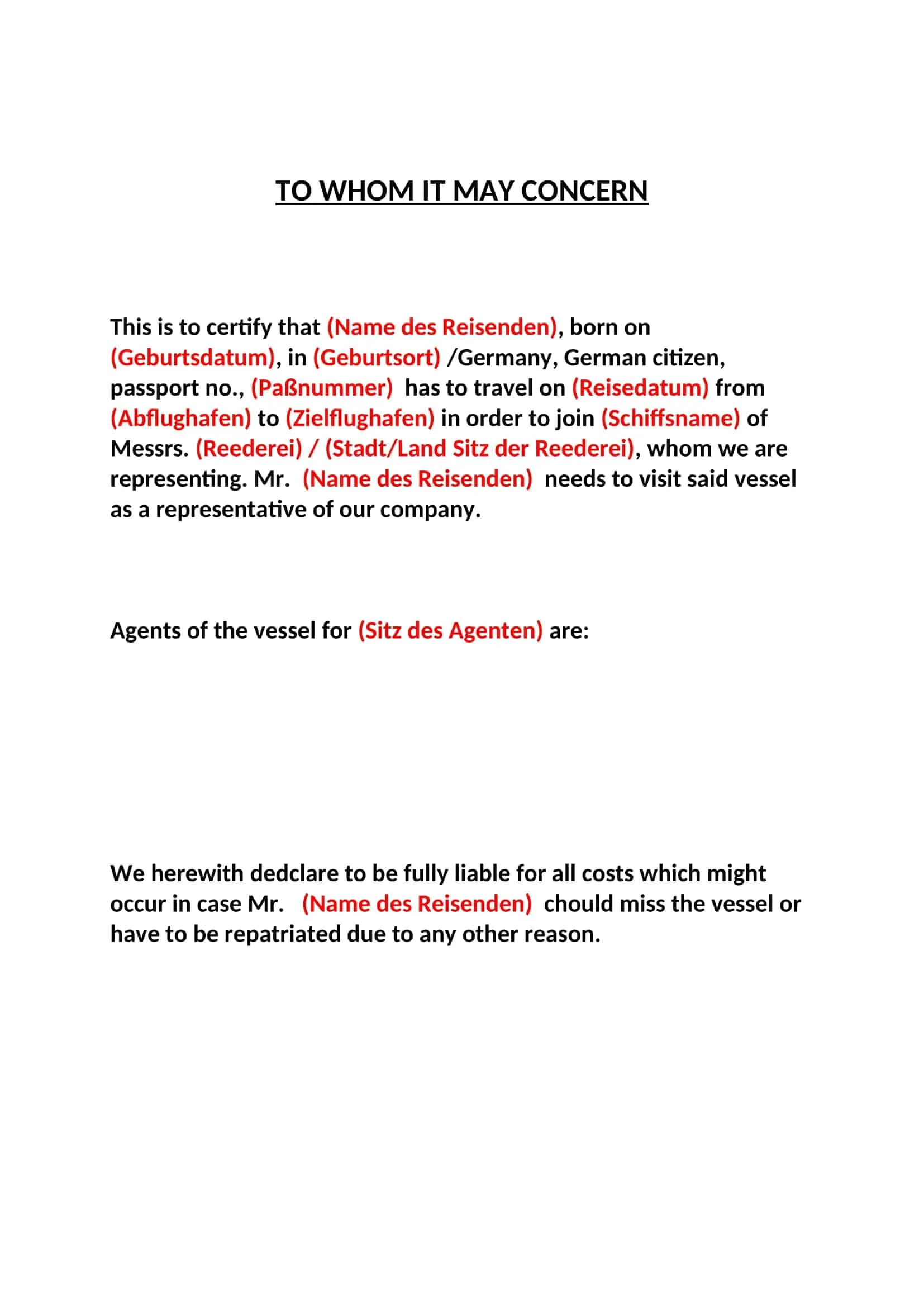
There are specific situations where using “To Whom It May Concern” might be unavoidable. If you’ve exhausted all resources and cannot find the name of the hiring manager, it is a viable option. This is particularly true when applying for positions through large online portals or when contacting companies where the contact information is not readily available. It’s also acceptable when sending a general inquiry letter or a letter of introduction to a company. However, always make an effort to find a more personalized salutation if possible. The key is to demonstrate initiative and research before resorting to this generic greeting, even when it’s necessary.
Alternatives to “To Whom It May Concern”
To avoid the impersonal nature of “To Whom It May Concern,” consider these alternatives: Research the company website, LinkedIn, or other professional networking sites to find the name of the hiring manager or the person in charge of hiring for the specific role. If you can find the name of the person or department, use “Dear Mr./Ms. [Last Name]” or “Dear Hiring Manager”. Another option is to use a more general but still personalized greeting, such as “Dear [Department Name] Team.” Taking the time to personalize your greeting shows that you’ve taken the initiative to learn more about the company and the role, making your cover letter more impactful.
Crafting a Compelling Cover Letter Opening
The opening paragraph of your cover letter is your opportunity to grab the reader’s attention. It should immediately convey your enthusiasm for the role and the company. Instead of simply restating your interest, use this space to highlight a specific accomplishment, a skill relevant to the job, or a compelling reason why you’re a great fit. Tailor this opening to each application. Mentioning where you saw the job posting or briefly explaining why you’re excited about the company will also set the tone and make your application more memorable. Remember, the goal is to make the reader want to learn more about you, so make your introduction concise, engaging, and relevant.
Highlighting Your Relevant Skills
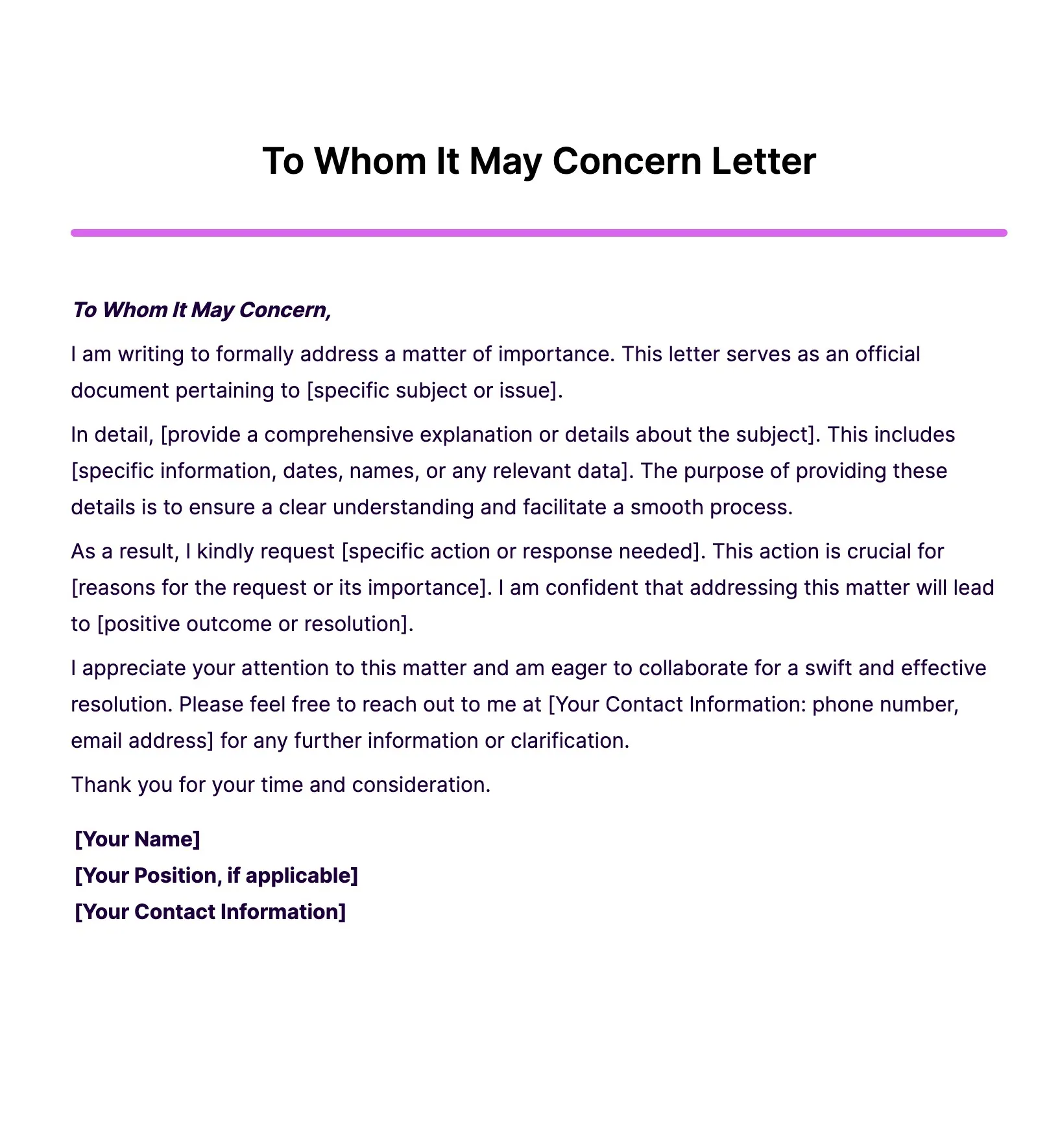
Your cover letter should explicitly connect your skills and experiences to the job requirements. Review the job description carefully and identify the key skills and qualifications the employer is seeking. Then, provide concrete examples of how you have demonstrated those skills in the past. Use action verbs to describe your accomplishments, quantifying your achievements whenever possible. For instance, instead of saying “Managed social media,” write “Managed social media campaigns, increasing follower engagement by 30%.” This approach shows the employer the value you can bring to their team. Keep it focused, and provide the most relevant details.
Showcasing Your Achievements Effectively
Don’t just list your responsibilities; focus on your achievements. Achievements demonstrate your impact in previous roles and are far more compelling than a simple description of what you did. Use the STAR method (Situation, Task, Action, Result) to structure your examples. Describe the situation, the task you were assigned, the action you took, and the positive result of your actions. This method allows you to present your experience in a clear, concise, and impactful manner. Make sure your achievements are relevant to the job you’re applying for, and quantify your results whenever possible to demonstrate the extent of your success. Make your results outstanding.
Adapting Your Cover Letter to the Specific Job
Generic cover letters are easily recognizable and often discarded. Tailoring your cover letter to each job application is essential. Customize your letter by researching the company and the specific role. Reference the company’s mission, values, and recent news or projects to show your genuine interest. Align your skills and experiences with the requirements of the job description, and use keywords from the posting to make your letter more relevant to the hiring manager. This personalization shows that you have taken the time to understand the company and the position, increasing the likelihood of your application being noticed and seriously considered. Adapt your cover letter to match the job description to showcase your skills.
Formatting and Presentation for Impact
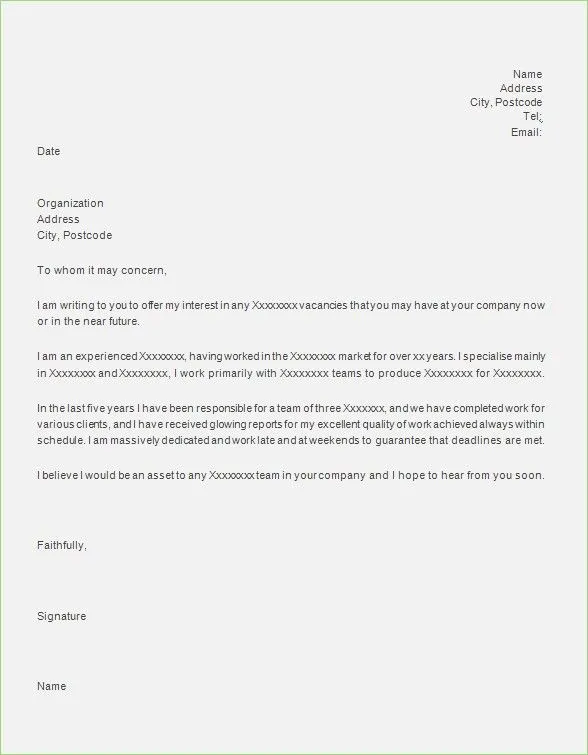
A well-formatted cover letter is easy to read and visually appealing. Use a professional font, such as Times New Roman, Arial, or Calibri, and keep the font size between 10 and 12 points. Use clear headings, concise paragraphs, and ample white space to break up the text and make it more accessible. Ensure that your letter is free of grammatical errors and typos. Save your cover letter as a PDF file to preserve the formatting and ensure that it appears the same on any device. A polished and well-presented cover letter reflects your attention to detail and professionalism, making a positive impression on the reader.
Proofreading and Polishing Your Letter
Proofreading is a critical step that should never be skipped. Carefully review your cover letter for any errors in grammar, spelling, punctuation, and formatting. Read it aloud to catch any awkward phrasing or mistakes you might have missed. Consider asking a friend, family member, or career advisor to proofread your letter for a fresh perspective. They may identify errors you’ve overlooked. Ensure that all contact information is accurate and up to date. A polished, error-free cover letter enhances your credibility and demonstrates your professionalism. It’s the final touch that can make your application shine.
Cover Letter Examples Tailoring to Different Industries
The tone and content of your cover letter should be tailored to the industry and role you’re applying for. Here are some examples for various sectors:
Example 1 Sales and Marketing
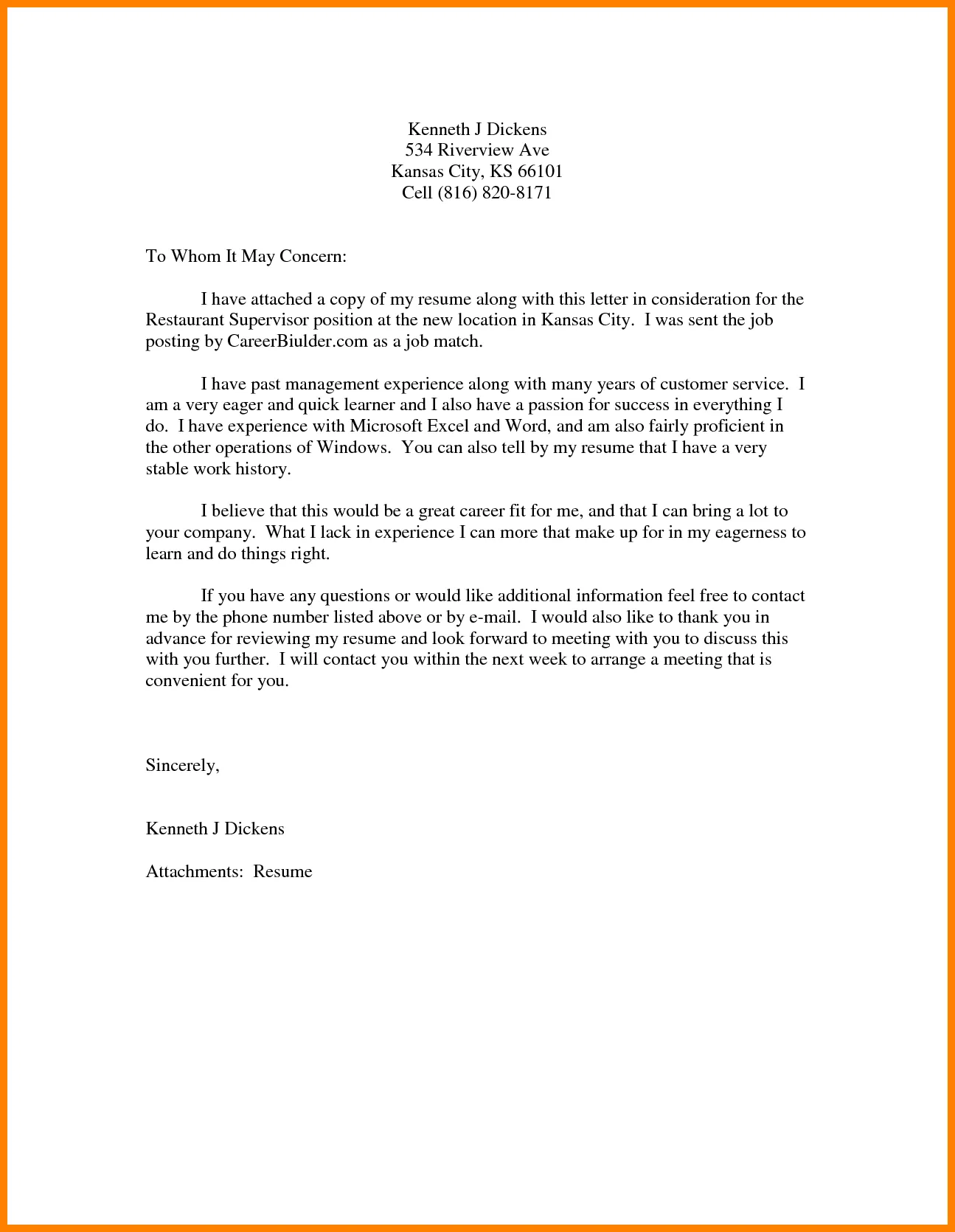
In a sales and marketing cover letter, emphasize your ability to drive results, meet targets, and build relationships. Highlight your experience in sales, lead generation, and marketing campaigns. Quantify your achievements with metrics, such as increased sales, improved conversion rates, or successful marketing campaigns. Demonstrate your understanding of the target audience and your ability to create engaging content. Show how your skills align with the company’s marketing goals.
Example 2 Tech Industry
For the tech industry, highlight your technical skills, experience with relevant software or technologies, and any specific projects you’ve worked on. Show your ability to solve problems, innovate, and contribute to a team. Emphasize your passion for technology and your understanding of industry trends. If you have experience with agile methodologies, software development, or data analysis, be sure to highlight these skills. Tailor your letter to showcase your relevant technical knowledge and experience.
Example 3 Customer Service
In customer service, emphasize your communication skills, ability to resolve issues, and commitment to customer satisfaction. Highlight your experience in handling customer inquiries, resolving complaints, and providing excellent service. Demonstrate your empathy, patience, and ability to build rapport with customers. Use examples of how you’ve gone above and beyond to assist customers and exceed expectations. Focus on your soft skills, such as communication, patience, and problem-solving abilities.
Finalizing Your Cover Letter for Maximum Impact
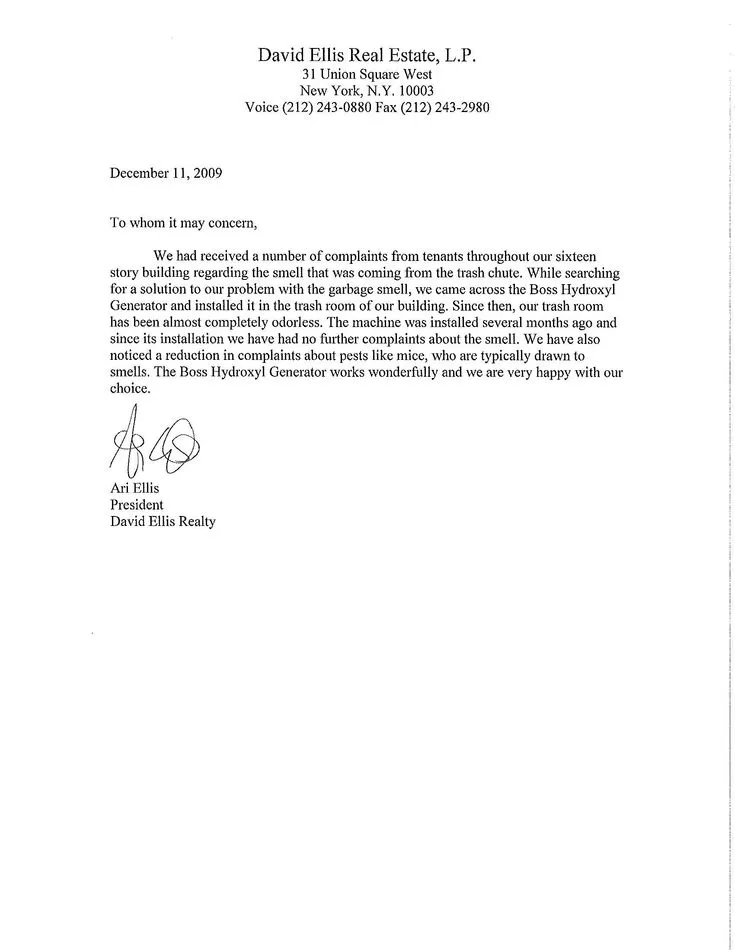
By following these guidelines and tailoring your cover letter to each specific job, you will significantly increase your chances of landing an interview. Remember to focus on your achievements, quantify your results, and demonstrate your enthusiasm for the role and the company. Proofread meticulously, and always send your cover letter as a PDF to maintain formatting. A well-crafted cover letter is a powerful tool in your job search, and it can make all the difference in helping you secure your dream job. Make sure your cover letter is a reflection of your best self, and you will stand out.
